 Chillies and cheese
Chillies and cheese
Bhutan is a country that loves its Chillies. Indeed, the average family in this small landlocked country between India and China eats more than a kilogram of Chillies per week. Just about every dish they prepare has Chillies of some form or the other in it. Because Chillies in Bhutan are seen more as a vegetable than a spice, the typical type of Chilli used in this cooking is not exceptionally hot. They fall into a mild to medium heat range. These include Chillies like the Sha Ema, Baegop Ema, Ema Mapa, Super Solu, Yangtsepa Ema and the Urka Bangla Chilli 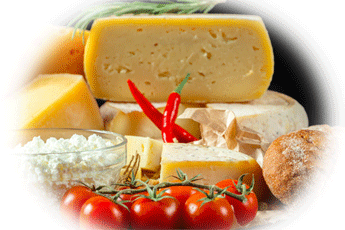
But that is not to say that the Chillies they eat are not hot. One of the hottest The Dalle Khursani or Jyanmaara Khursani carries two names for good reason. It has the name of Dalle Khursani (which translates to round ball) because this describes the shape of these Chillies. The Chillies second name of Jyanmaara Khursani translates to “Lifetaker” Chillies. It carries this name because it is extremely hot, with a Scoville rating of 100000 to 350000 Shu
While Bhutan has many dishes that contain Chillies, Ema Datchi (Bhutan’s national dish), is a Chilli stew made with cheese and Chillies. Ema means Chilli, and the Datshi part of the name refers to the type of cheese used to make the dish. Datshi is a type of cheese made using female yak or cow’s milk. The cheese is similar in appearance to ricotta, and its flavour is somewhere between feta and Gruyere cheese
Bhutan’s national dish intrigues me so much that I have decided to make it. Of course, it is unlikely that I will find the exact Chillies they use in Bhutan or Datshi cheese to make this dish, so I will have to make substitutions. However, I am relatively sure I will get close. It is certainly worth a bash





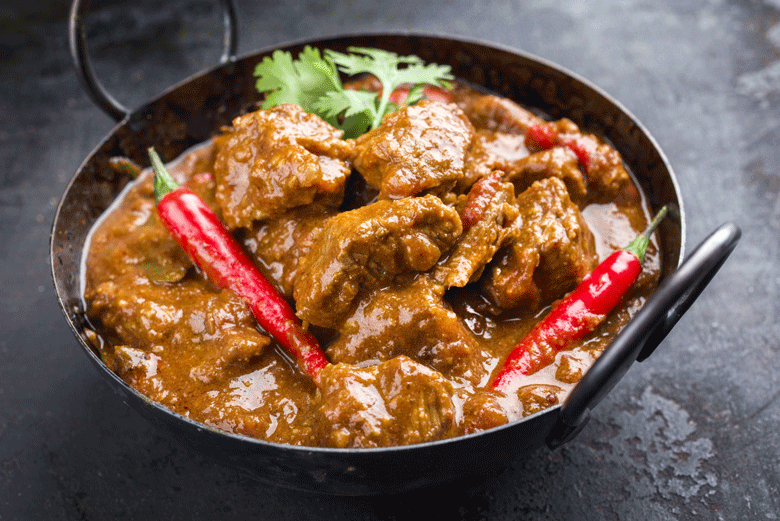
 eaten by initially dipping the soft bread into the curry in the crust, and is finished off by eating the crust itself, which by then has become infused with curry sauce. It is simply heavenly
eaten by initially dipping the soft bread into the curry in the crust, and is finished off by eating the crust itself, which by then has become infused with curry sauce. It is simply heavenly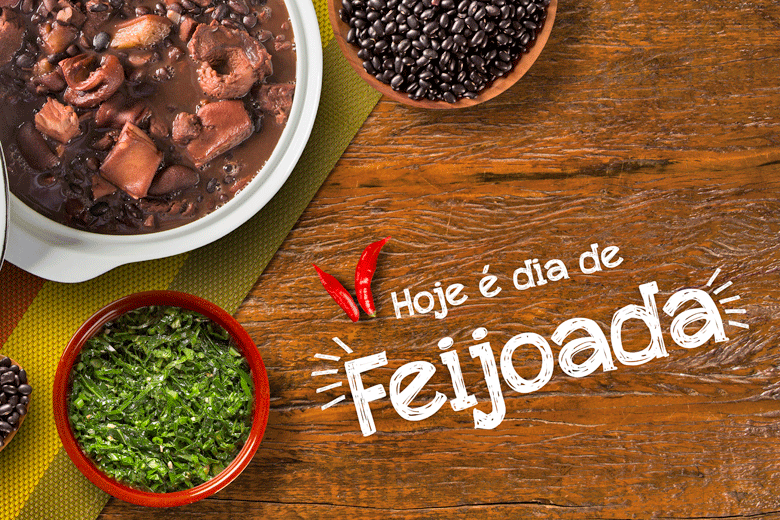
 flavour was still to die for. It was comfort food of the highest order that I will never forget. So much so, that given the opportunity, I will make Feijoada at the drop of a hat.
flavour was still to die for. It was comfort food of the highest order that I will never forget. So much so, that given the opportunity, I will make Feijoada at the drop of a hat. An island nation
An island nation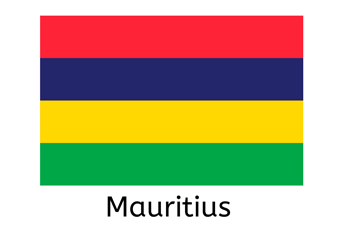
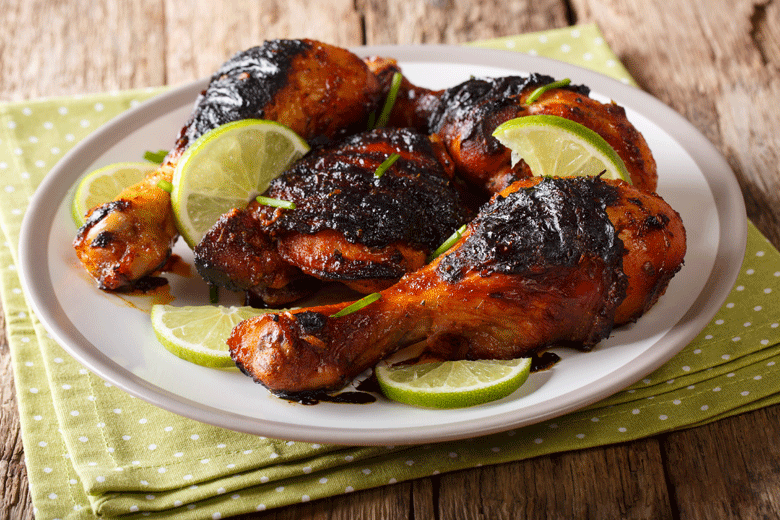

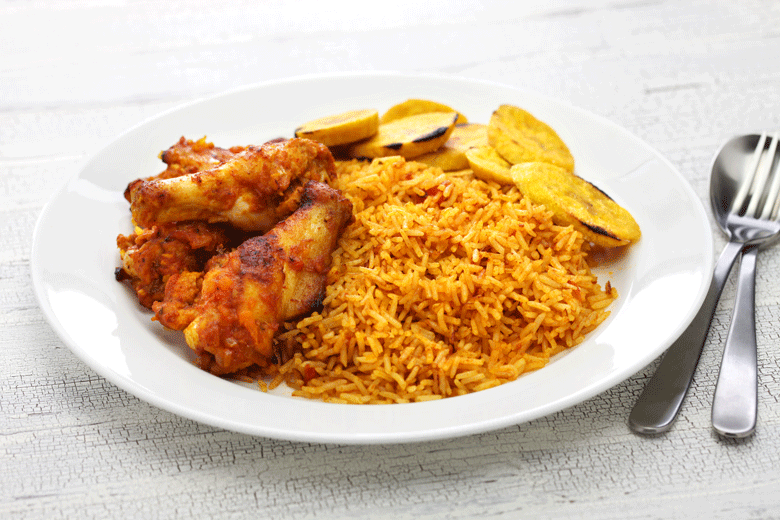 A common thread
A common thread
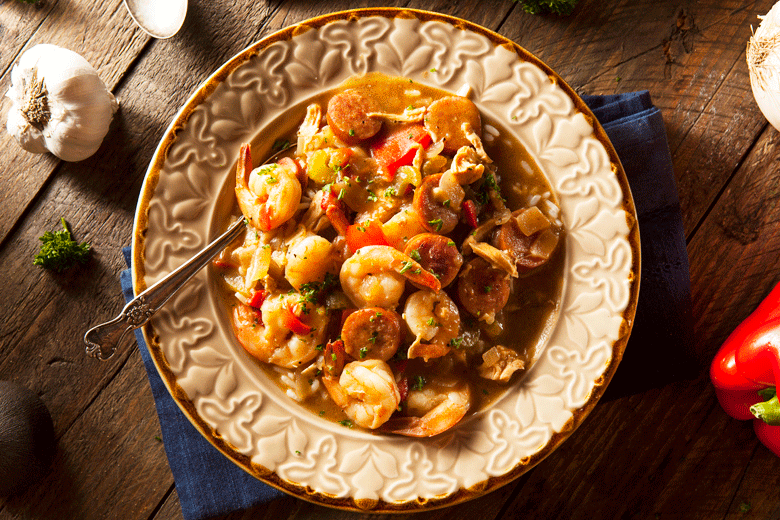

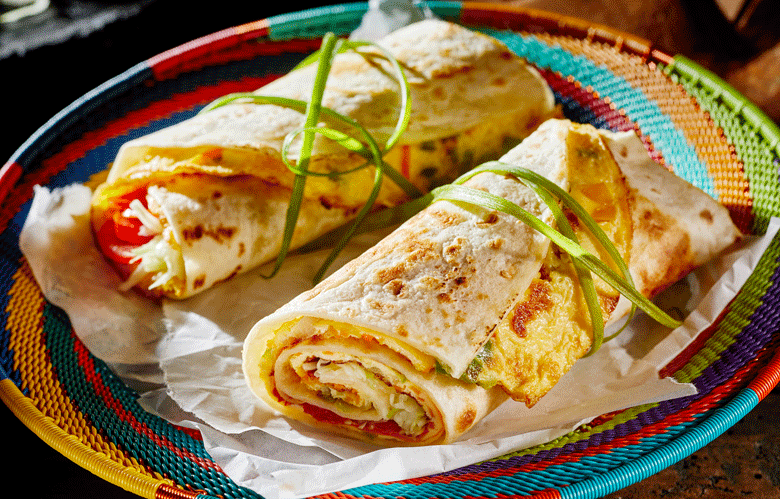 African influence on other cuisine
African influence on other cuisine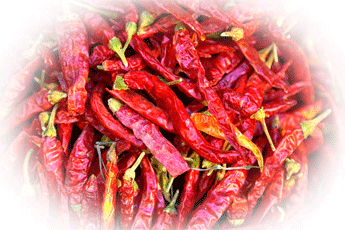 Africa) and then on to Europe,
Africa) and then on to Europe,